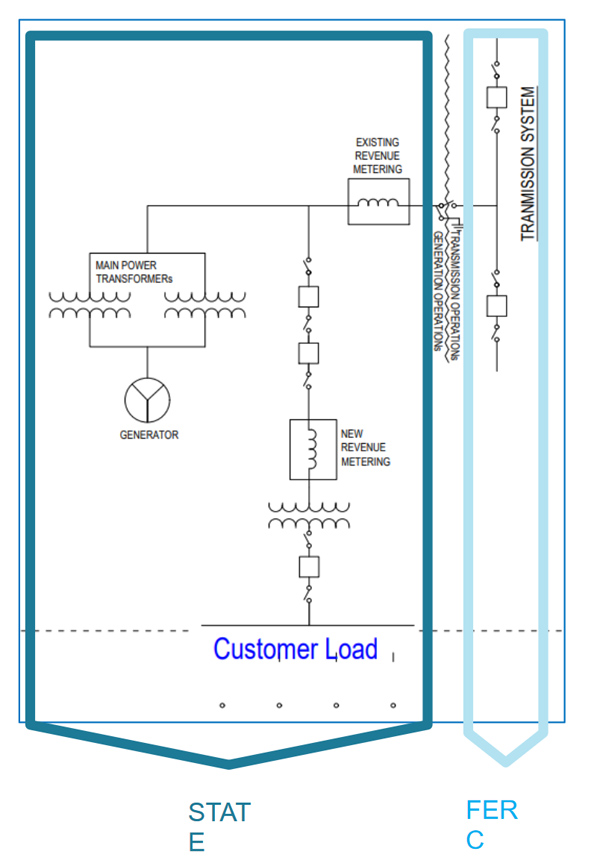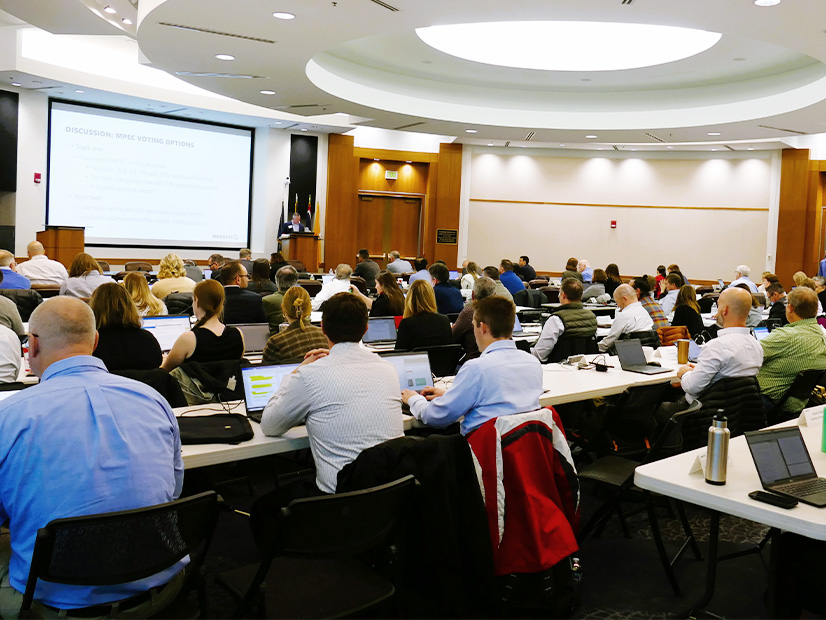A new study by National Grid suggests that states and utilities must move swiftly to equip the grid to support the travel needs of what’s expected to be an explosively growing segment of electric vehicles.
The utility (NYSE:NCG) this month offered an assessment of EV charger infrastructure needs, releasing a report on what the future might look like across its service area in New York and Massachusetts.
The report draws a buildout model of 71 charging plazas from westernmost New York to Cape Cod and forecasts they are each likely to have a peak demand of up to 5 MW by the early 2030s and up to 10 MW by the early 2040s.
As early as 2030, some of these sites will exceed delivery limits of the low-voltage distribution grid, the report predicted. But the main east-west and north-south routes where the 71 sites were envisioned overlap in many places with the high-voltage transmission system, the report said.
With bans on the sale of gas-powered light vehicles arriving in 2035, and with transmission and interconnection upgrades happening at a slow pace, the report flags the need to start building out EV charging infrastructure now.
Other factors will exacerbate the need, said Dave Mullaney of RMI, a nonprofit advocate for sustainability that contributed to the study.
“The Inflation Reduction Act will close the cost gap between diesel and electric trucks and create a surge of demand from buyers and investment from suppliers in the near future,” he said in a news release accompanying the report. “The biggest challenge to deploying those electric trucks will be finding the power to charge them. This study takes the first steps to overcoming that barrier and serves as a roadmap for the rest of the country to follow.”
CALSTART, Stable Auto and Geotab also collaborated on “Electric Highways: Accelerating and Optimizing Fast-Charging Deployment for Carbon-Free Transportation,” which they called the first study of its kind in the nation.
The ratio of light- and heavy-duty battery-electric vehicles using a charging plaza will factor into its actual power needs, the report’s authors noted. Unknown factors such as the adoption of other zero-emission technologies also will determine how much charging capacity is needed.
The report notes that some projections show charging plazas drawing as much power as an outdoor pro sports stadium or small town when 20 or more fast chargers are in use simultaneously. The highest-demand sites could approach 40 MW of peak demand, as much as a major industrial site.
On-route charging will be part of an ecosystem to support electrical vehicles, along with chargers at homes, workplaces and truck depots. The National Grid report focuses on the site-specific impact of these highway charging stations rather than the regional, statewide or grid impacts examined in other studies.
The report offered six major takeaways:
- A typical site will require more than 20 fast chargers.
- Light-duty EVs will increase the power demand in the near-term but medium- and heavy-duty EVs will drive the increase in the longer term.
- Managed charging and load management offer potential benefits, but many highway charging plazas will likely still require transmission interconnection.
- A charging station’s proximity to transmission lines will drastically impact its construction cost and timeline and should receive the same degree of consideration as traffic volume, land availability and expected utilization in the siting process.
- Any new electric infrastructure upgrade that is required should be scalable and suited to long-term needs; this will limit future duplication and cost.
- Planning must start now for transmission and interconnections, because they can take four to eight years to complete while a new charger can be installed in a matter of months.
No Headroom
There is no way around transmission upgrades if the EV transition happens as envisioned, the report adds: The electrical grid as it exists does not have headroom for highway charging plazas.
And highway corridor charging is a key component of the EV transition. It will reduce range anxiety for drivers of light vehicles; supplement or replace depot charging for medium-duty trucks; and be indispensable for regional and long-haul operation of heavy-duty trucks, which have long and variable daily duty cycles.
To project the charging needs of light-duty vehicles, the study drew from more than 2.5 years of usage data at 3,000-plus direct-current fast chargers nationwide. Since no comparable data exist for large commercial trucks running on battery power, the study assumed they would operate the way internal-combustion trucks do today.
The authors also noted that the study did not factor in the negative impacts of cold weather on duration of battery charge, which might boost the demand for electricity, or the possible adoption of fuel cell technology in medium- and heavy-duty trucks, which might decrease power demand.
The study also did not adjust for holiday traffic or other limited circumstances when calculating peak demand.
An underlying theme in the report is that utilities such as National Grid should have a greater and more proactive role in planning the EV ecosystem, rather than assuming their historically reactive stance.
In the news release, National Grid’s chief operating officer for New York Electric, Brian Gemmell, said: “This kind of holistic, long-term infrastructure planning will be critical to delivering a clean energy transition as efficiently as possible. We have a responsibility to make smart investments that get it right the first time and to make sure the electricity is there when drivers need it. This study will help us do that.”









